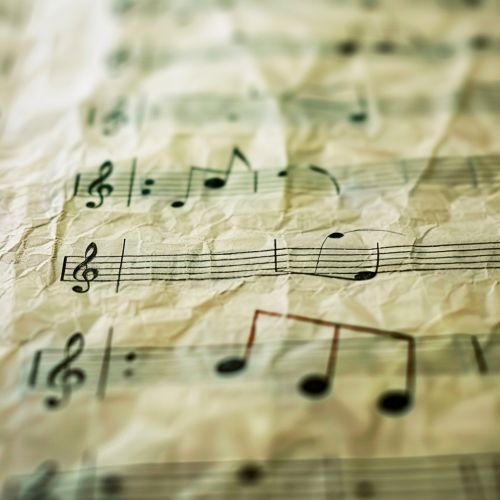Melody
Definition and Overview
A melody is a sequence of single notes that is musically satisfying. It is a fundamental aspect of most genres and styles of music and is often the most memorable part of a song or piece. Melodies can be simple or complex, and they can be performed by a single instrument or voice, or by a combination of instruments and voices.


Elements of Melody
A melody consists of several key elements, including pitch, duration, rhythm, and timbre.
Pitch
Pitch refers to the perceived frequency of a note. It is what allows us to distinguish between high and low notes. In a melody, the pitch of each note is carefully chosen to create a satisfying musical phrase.
Duration
Duration refers to the length of time that each note in the melody is played. It is closely tied to rhythm and can greatly affect the overall feel of the melody.
Rhythm
Rhythm is the pattern of durations in a melody. It is what gives the melody its sense of movement and flow. A melody's rhythm can be simple, with each note having the same duration, or complex, with a mix of long and short notes.
Timbre
Timbre refers to the unique sound quality of a note. It is what allows us to distinguish between different instruments or voices playing the same note. In a melody, the timbre of each note can add depth and richness to the overall sound.
Types of Melodies
There are many different types of melodies, each with its own unique characteristics.
Conjunct Melodies
Conjunct melodies are those that move in a stepwise manner, with each note being a step or half-step away from the previous one. This type of melody is often easy to sing and remember.
Disjunct Melodies
Disjunct melodies, on the other hand, have larger intervals between notes. This can create a more dramatic and challenging melody.
Static Melodies
Static melodies are those that stay on or around a single pitch for a significant amount of time. This type of melody can create a sense of stability and calm.
Progressive Melodies
Progressive melodies are those that continually move upward or downward in pitch. This type of melody can create a sense of tension and release.
Melody in Different Musical Genres
The role and characteristics of melody can vary greatly between different musical genres.
Classical Music
In classical music, melody is often the primary focus of a piece. It is typically complex and intricate, with a wide range of pitches and rhythms.
Pop Music
In pop music, melodies are often catchy and easy to sing along to. They typically have a narrow range and a simple, repetitive rhythm.
Jazz
In jazz, melodies are often improvised and can be highly complex. They often feature a wide range of pitches and rhythms, and can include elements of dissonance and syncopation.
Electronic Music
In electronic music, melodies can be created using a wide range of synthetic sounds. They can be simple or complex, and can often feature unusual rhythms and timbres.
Conclusion
Melody is a fundamental aspect of music that can greatly affect our emotional response to a piece. It is a complex and fascinating topic that can be explored in many different ways.
